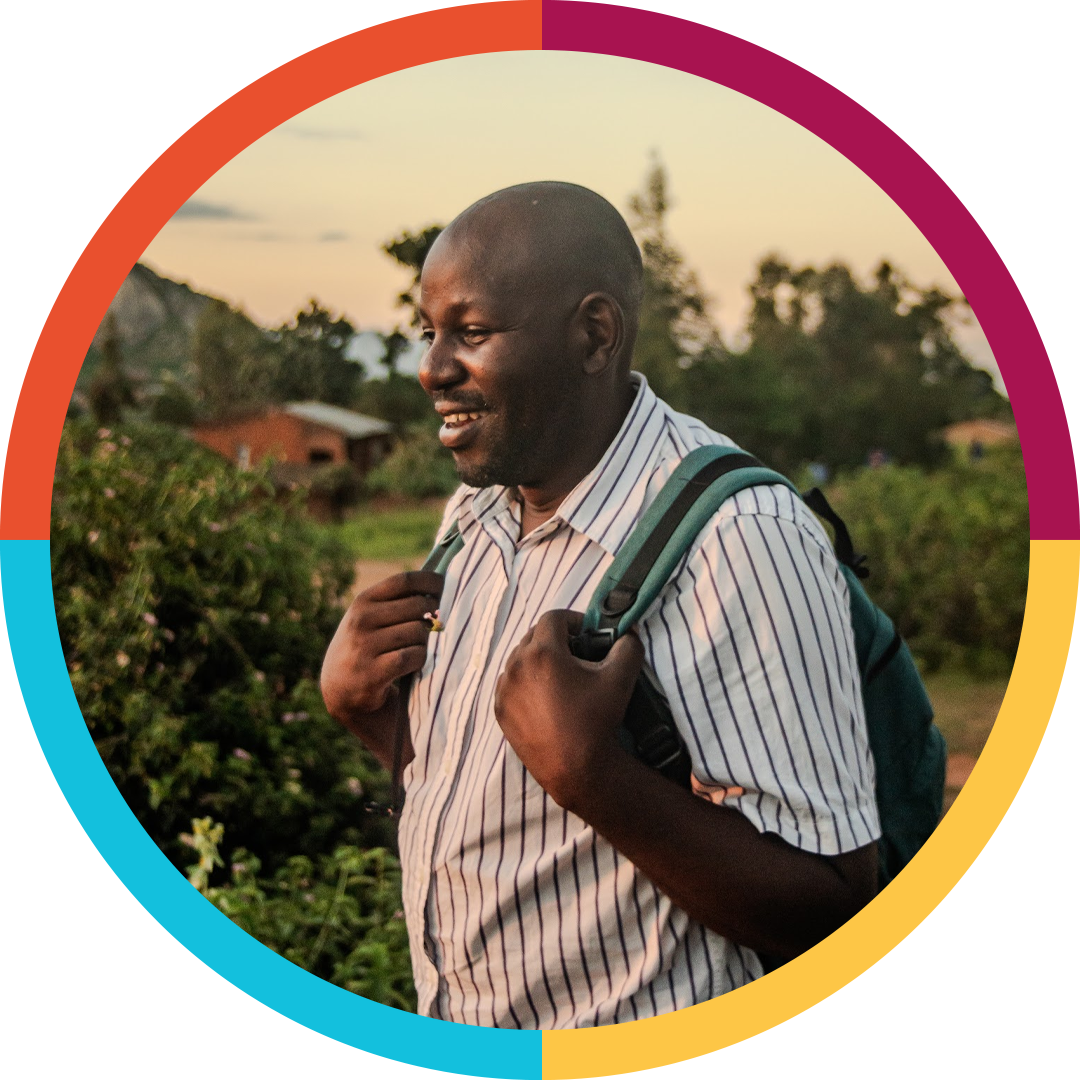Non-communicable diseases (NCDs) such as cancer and cardiovascular and chronic respiratory diseases account for about 74% of all deaths worldwide.
Every year in September, the NCD Alliance organises the Global Week for Action on NCDs, highlighting the enduring issue of inequity in accessing essential cancer services and the challenges that governments, organisations and individuals face in reducing deaths due to NCDs.
Prevention should be a key area of focus, an estimated 80% of NCDs can be prevented or delayed into old age by acting on the risk factors contributing to their development and promoting environments more favourable to healthy living. 30-50% of all cancers, for instance, are caused by tobacco use, unhealthy foods and not leading active lives.
Vaccination to reduce cancer incidence
When it comes to infectious diseases, prevention is quite simple: if a sufficient percentage of the population can be vaccinated against a virus, the infectious disease that it carries can be reduced substantially and, in some instances, can be eliminated.
However, the cause-effect relationship is much less clear with NCDs. There are generally multiple risk factors involved and diseases such as cancer, diabetes and heart disease develop over a long period of time (with the exception of childhood cancers which are uniquely difficult to associate with a risk factor). Therefore, the correlation between prevention campaigns and outcomes is not always as straightforward.
Cervical cancer, however, is an exception, as the vast majority of these cancers are caused by the human papillomavirus (HPV), a common sexually transmitted infection that can be carried by both men and women – and for which there is a vaccine.
Cervical cancer is the fourth most commonly diagnosed cancer among women after breast, colorectal and lung. It affects over 600,000 women worldwide every year and is responsible for over 340,000 related deaths.
In 2020, the World Health Organization launched a Global Strategy to eliminate cervical cancer, which includes a target of vaccinating 90% of all girls aged 9-15 against HPV. Importantly, it was identified in 2022 that a single-dose HPV vaccine regimen offered the same level of protection against HPV as the two-dose approach adopted in previous years, thus increasing the take-up and reducing costs.
HPV is also responsible for an estimated 90% of anal cancers, 70% of vaginal and vulvar cancers, 60% of penile cancers and a growing number of oropharynx (back of the throat) cancers, traditionally attributed mainly to tobacco consumption. Widespread vaccination, including of boys, should therefore ultimately help reduce the burden of these cancers also.
Early diagnosis for more successful treatment
Routine screening of common cancers such as cervical, colorectal and breast is also an effective means of significantly reducing, if not the incidence, at least the mortality of the disease because these cancers can be detected earlier and therefore are more likely to be treated successfully.
WHO’s Global Strategy to eliminate cervical cancer is to screen 70% of all women using a high-performance test by age 35 and again by age 45.
This test is not yet, however, widely accessible or affordable in low- and middle-income countries, where 90% of all cervical cancer-related deaths occur.
The SUCCESS (Scale-up Cervical Cancer Elimination with Secondary Prevention Strategy) project, funded by Unitaid, led by Expertise France and implemented in partnership with Jhpiego and UICC, has been working for several years to develop scalable screening models for cervical cancer in four lower-income countries: Burkina Faso, Côte d’Ivoire, Guatemala and the Philippines.
Nearly 56,000 women have been screened, including 42,000 women with HPV primary screening. When combined with another project funded by Unitaid, the Clinton Health Access Initiative (CHAI), which is being implemented in another 10 low- and middle-income countries, more than one million women have been successfully screened for cervical cancer in the 14 countries. More than 80% of those identified with cervical pre-cancer have received treatment.
With the development of the HPV vaccine, high-performance screening methods for cervical cancer and the ability to treat precancerous lesions and early-stage cervical cancer, we now have the means to eliminate a cancer for the first time (defined as fewer than 4 cases per 100,000 women annually) – and ensure that, within a generation or two, women will not die from this preventable disease.
Investing in the prevention and early detection of NCDs
Perhaps applying a similar approach and with constant innovation in screening, diagnosis and treatment, we can look forward to significantly reducing the incidence and mortality of other cancers, as well as diabetes and respiratory and cardiovascular diseases.
Achieving this vision requires integrating essential services into national health benefits packages that are accessible and available to all. Excellent cancer care costs money – but it comes with a high return, as demonstrated by studies on financing cervical cancer elimination as well as on improving screening, treatment and quality of care globally. This issue will be raised at the second United Nations High-Level Meeting on Universal Health Coverage (UHC) on 21 September.
Only by incorporating cancer-related services into comprehensive health coverage can governments effectively reduce the burden of cancer – equitably across all populations – and fulfil their ethical responsibility to prioritise universal access to healthcare.
Eliminating cervical cancer as a life-threatening disease for women around the world will hopefully inspire governments to consider how else they can address the global NCD burden in future generations.






